“Politics is the art of the possible, the attainable — the art of the next best”
– Otto von Bismarck
India heads for General Elections in April-May 2019 in the wake of the recent attack on Indian soldiers at Pulwama. India’s attacks on terrorist bases in Pakistan and that country’s retaliation has stoked considerable patriotic sentiment. Pre-poll statistics collected in January may very well turn on their head. It seems like people are more likely to vote for a strong leadership now, one that is not afraid to take tough decisions. Based on the recent powerful response from India’s armed forces and the government, Modi’s popularity is likely to surge. The Congress may still make significant gains in select states and some regional parties will stay strong helping them with post poll tie-ups. Most pre-poll surveys continue to predict a hung parliament.
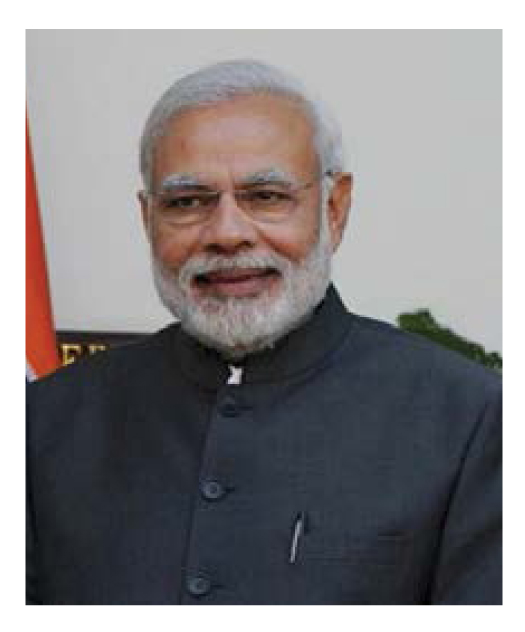
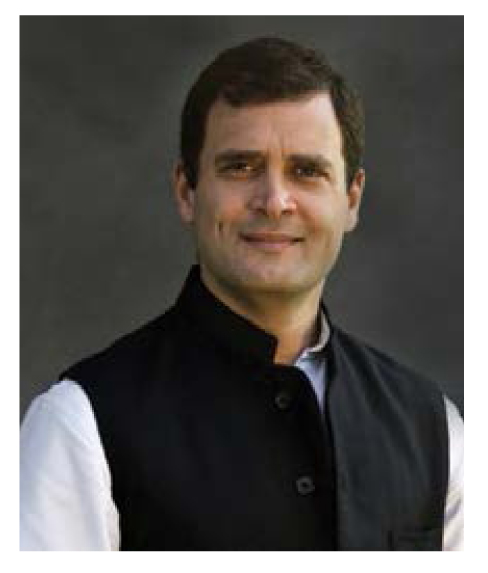
Modi’s popularity will rise
A Times Group online poll conducted in February (200,000 respondents) predicted that a Modi-led NDA government was the most-likely outcome of the 2019 India General Elections (or Lok Sabha Polls). Mr Narendra Modi was quite popular in the survey, with almost 84% respondents saying they would prefer him as Prime Minister if polls were to happen right away. Mr Rahul Gandhi came a distant second at about 8%. Two thirds of the respondents rated the track record of the incumbent government as good. However, on the ground Modi’s BJP faces a stronger Congress, bolstered by its recent wins in Rajasthan, Chhattisgarh, and Madhya Pradesh and tough fights in states such as Karnataka, Maharashtra and Assam.
Employment is likely to very well be the Achilles heel of the government – it has been cited as the biggest poll issue by many media houses and is possibly one of the greatest challenges for the incumbent government. A CMIE report showed 11mn job losses in 2018 – the government has claimed that jobs are not lacking but data on jobs has been lacking.
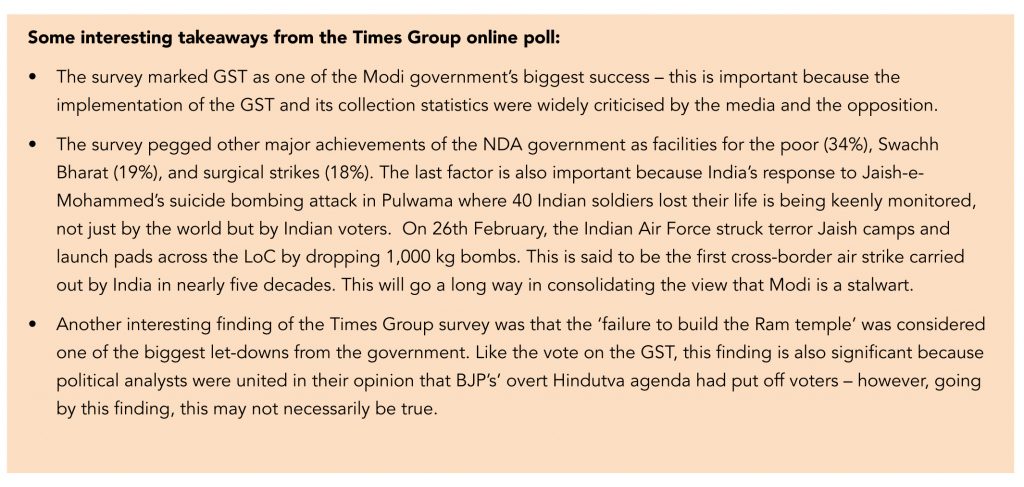
Congress on the front foot
After being hit badly in the 2014 elections, the Congress recently made a strong comeback in state assembly elections in Madhya Pradesh, Rajasthan, and Chhattisgarh – effectively capturing a large chunk of the Hindi belt. However, opinion surveys for LS polls do not show a clear lead for the Congress in these states. Nevertheless, buoyed by these wins, the Congress is campaigning for elections on the front foot, confident of winning many more seats than it did in 2014.
Mahagathbandhan restricted to a few regions
Mamta Banerjee’s Mahagathbandhan rally was well attended, but for now it seems like the key allies that have officially stayed with what was previously known as the Third Front are the SP-BSP combine, TDP, and AAP.
What do the pre-poll surveys say?
Most pre-poll surveys are predicting a hung parliament with the NDA securing an average 241 seats, UPA about 157, and other parties about 145. For the BJP government, the SP-BSP alliance for UP, hailed as one of the biggest recent developments in national politics, could prove troublesome.
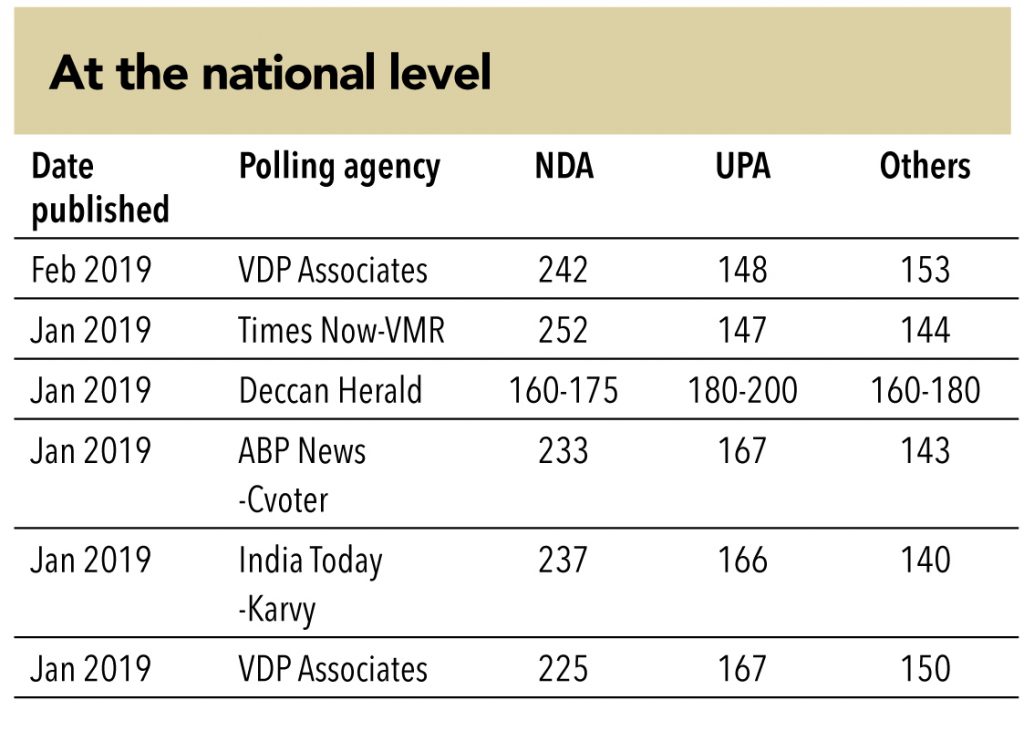
State-wise indicators
• Key ‘turning point’ states for both NDA and UPA: Assam, Chhattisgarh, Goa, Karnataka, Madhya Pradesh, Maharashtra, Rajasthan.
• Parties in Andhra Pradesh, Telangana, Uttar Pradesh, and West Bengal are likely to have tremendous bargaining power, especially in post-poll alliances.
• Simultaneous state and LS elections will take place in the following states: Sikkim, Arunachal Pradesh, Odisha, Telangana, and Andhra Pradesh. Haryana and Maharashtra will see state assembly polls in Sep-Oct 2019, while Jharkhand will hold elections at the end of 2019. Early 2020 will see polls in J&K and Delhi.
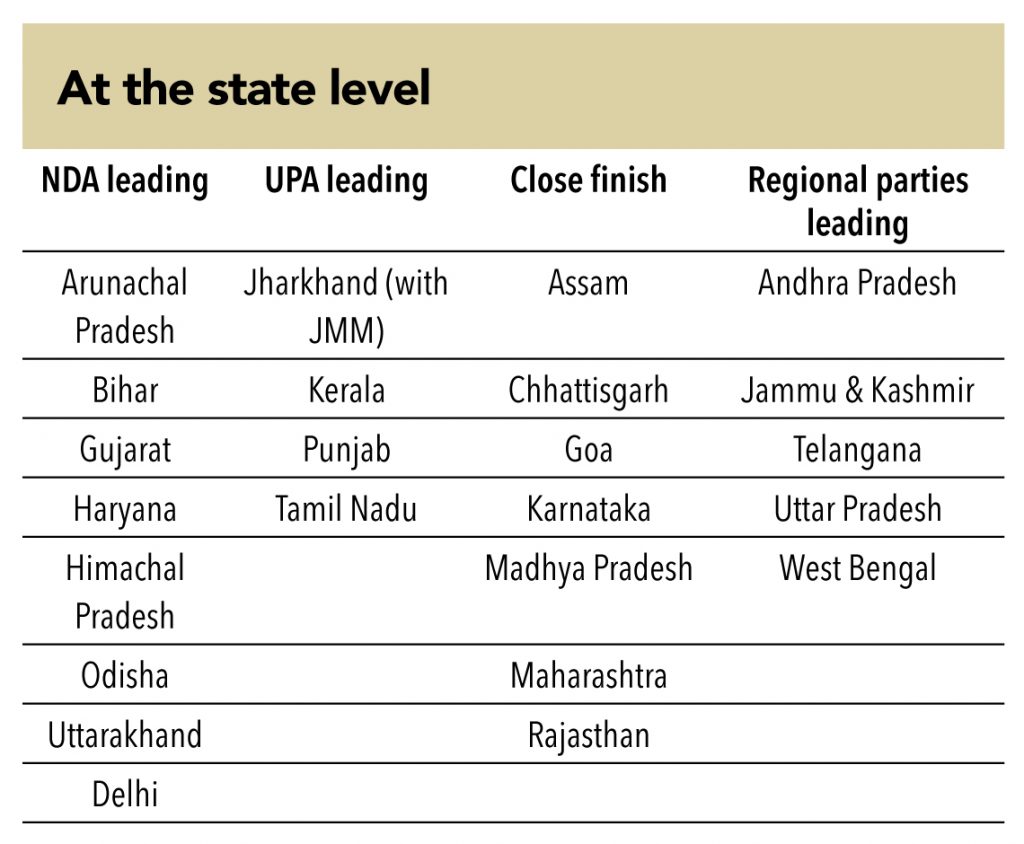
Vote share – this time the magic number seems to be about 30%, lower than last time
It is believed that if any party or alliance crosses 30% national vote share in the 2019 elections, it would hold significant sway. Here is how the latest vote predictions look.
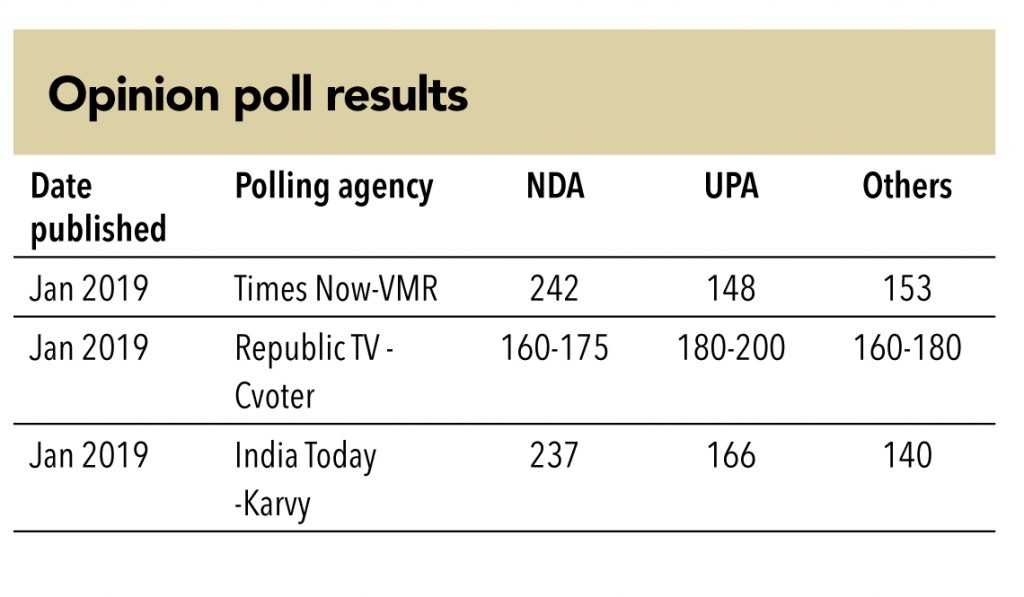
Possible Black Swan events
• A major defeat for Trinamool Congress in West Bengal and gains for the BJP.
• Huge defeat for BJP in UP. Most surveys are predicting an average 24 seats for the BJP in UP.
• An all-out war between India and Pakistan in which case elections would be postponed.
• NDA winning a clear majority.
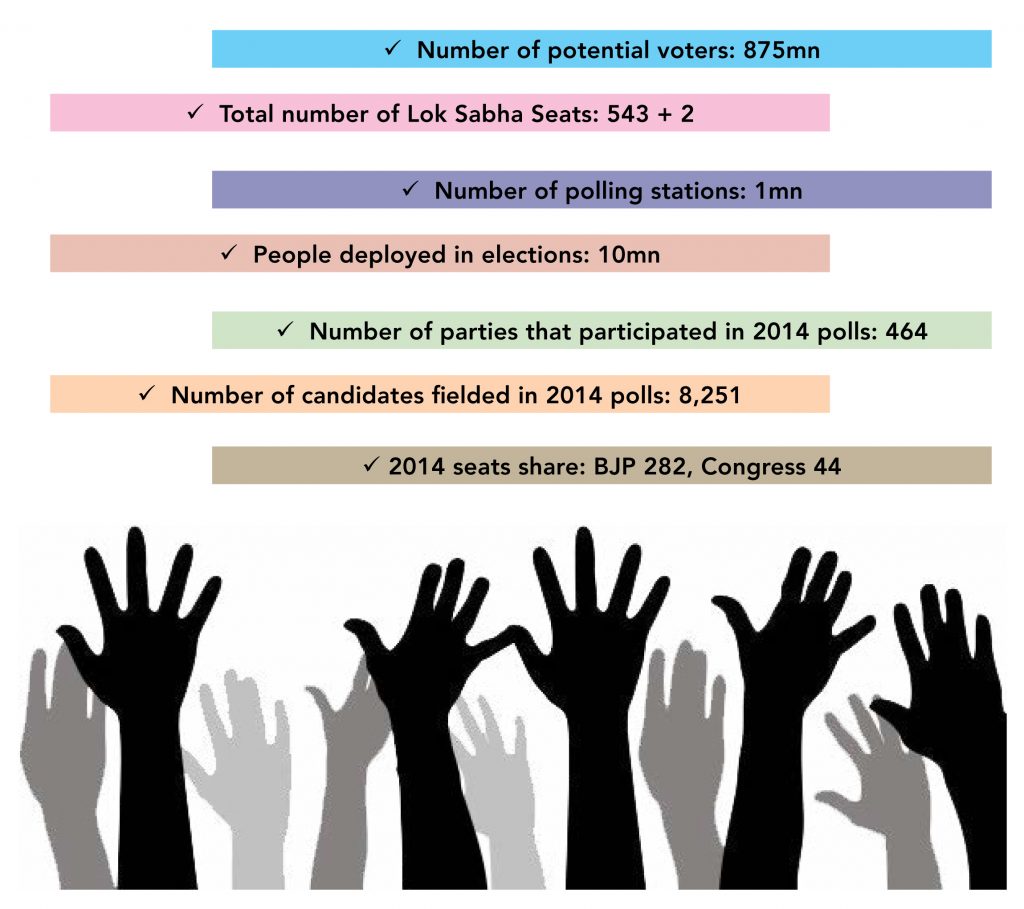

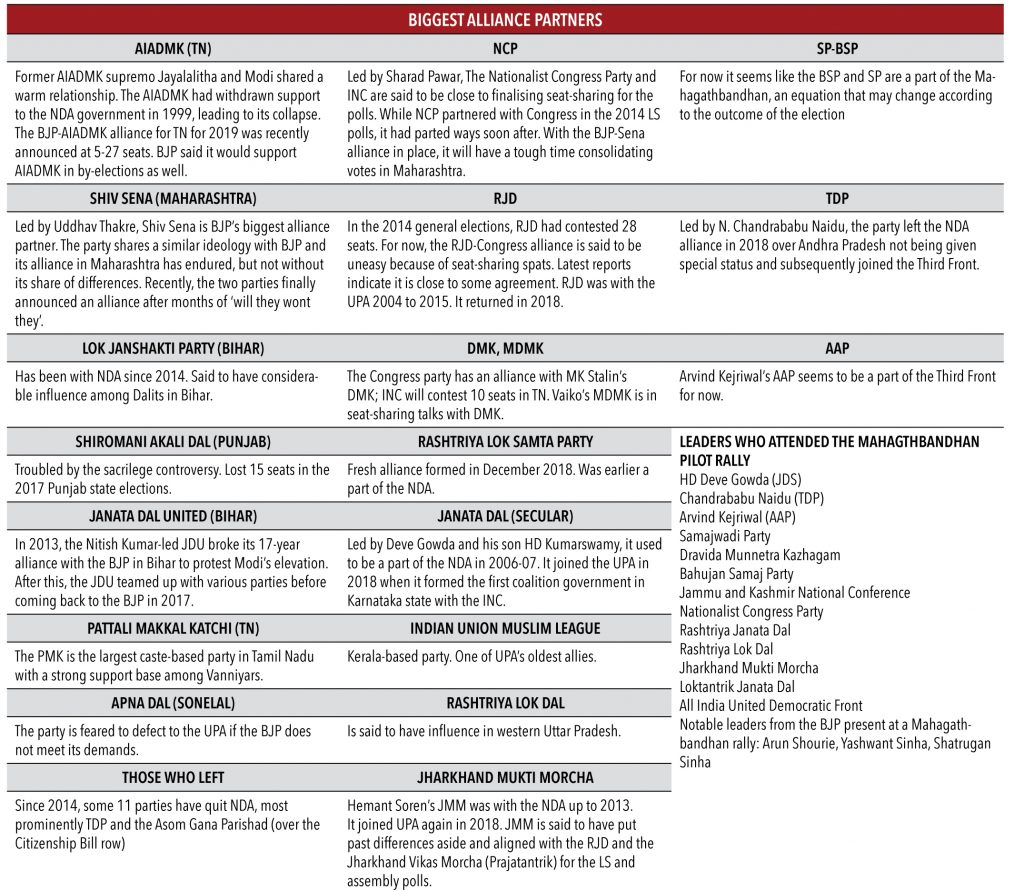
The SP-BSP combine is a major challenge – could win clear majority

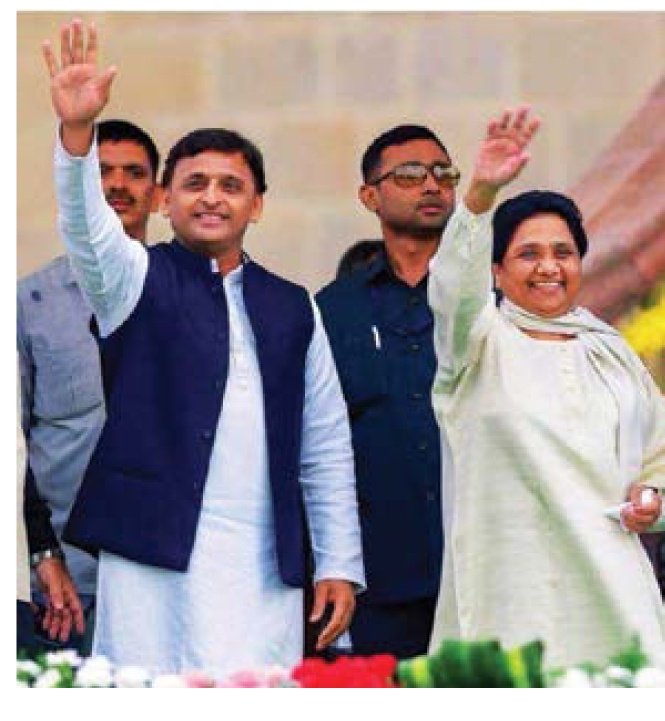
• While most surveys show the BJP losing significantly to the SP-BSP combine, none predict major gains for the Congress. Mayawati (president of the Bahujan Samaj Party) and Akhilesh Yadav (president of the Samajwadi Party) alliance will contest 76 seats. Pre-poll surveys predict an average 52 seats for the BSP-SP alliance. The alliance, which has decided not to fight in Amethi and Rae Bareli, represented by Rahul Gandhi and Sonia Gandhi.
• The BJP won big in UP in 2014 with a gain of 61 seats to touch a total tally of 71. Since then, opinion polls predict that its popularity has fallen dramatically, largely due to falling approval for Yogi Adityanath. In the Lok Sabha by-election held in January 2018, BJP had lost both Alwar and Ajmer seats to the Congress. Pre poll surveys predict an average 24 seats for BJP in UP.
• Priyanka Gandhi’s official entry into politics has led to a flurry of activity in the UP ‘war rooms’ of political parties. While her entry is undoubtedly worrisome for the incumbent BJP, many political commentators believe that it is more likely to swing votes away from the SP-BSP combine and could actually work in BJP’s favour.
Close finish for NDA and UPA (Key players: BJP, Shiv Sena, NCP, Congress)


• In early 2019, it seemed like Shiv Sena would actually break away from the BJP. However, since then, the two parties have finally formed an alliance for the Lok Sabha Polls. BJP will contest 25 seats while Sena will contest 23.
• While the Sena-BJP alliance has endured again, it has never been easy. The regional party has criticised the BJP at every turn, and recently it even supported the opposition’s demand for a joint parliamentary probe into the Rafale deal.
• Sena received its demand of contesting the same number of seats in the assembly polls that will be held later this year. BJP had reservations about such an arrangement because Sena’s seat wins in the 2014 assembly polls were less than half of BJP’s.
• The Congress-NCP alliance is said to be in its final lap for working out seat-sharing.
BJP a tough contender, but Trinamool leads in pre-poll surveys


• In recent rural polls, TMC dominated, but BJP shot to second place in by-polls. In fact, in almost every by-poll since 2016, the BJP has performed better than the Congress and the Left Front.
• Media reports indicate that BJP is becoming fairly well entrenched at the grass-root level – but that recent losses in state-assembly elections have damaged the cadre’s morale to an extent.
• West Bengal has traditionally been a Left-leaning state. Mamta Banerjee founded the party All India Trinamool Congress (AITC or TMC) in 1998 after separating from the Indian National Congress. In 2011, Banerjee won a landslide victory for the TMC-Congress alliance dislodging the 34-year-old Communist Party of India (Marxist) from West Bengal. However, the legacy of the left continues in WB and AITC. In fact, AITC is called the ‘new Left’ by the media due to its policy and its style of agitations (Singur, Nandigram).
• Up to 2012, Banerjee has had alliances with both the NDA and the Congress – but since then, she has been the leader of the Third Front. Some of Banerjee’s cabinet ministers were accused of money laundering in the Sardha Group financial scandal, and she was criticised for not doing enough against her own ministers after the scam came to light. The CBI also
recently arrested film producer Shrikant Mohta in the Rose Valley Scam Case. The media has reported that Mohta is close to Mamta Banerjee. He was also in the news for allegedly encroaching land that belonged to the Calcutta Port Trust and building a studio there.
• Despite recent scandals, Banerjee is believed to be still quite popular with the masses with schemes such as rice at Rs 2 per kg and free bicycles for school children. She is also said to have the support from the minority community. The two major religions in West Bengal are Hinduism (71%) and Islam (27%). Of late, West Bengal has seen increasingly assertive religious processions – first the Ramnavmi processions led by RSS-BJP that led to communal violence and then unprecedented Hanuman Jayanti processions that were announced by both Trinamool and the BJP.
Surveys predict BJP lead – but recent loss to weigh heavily (Key players: NDA, UPA, SP-BS)

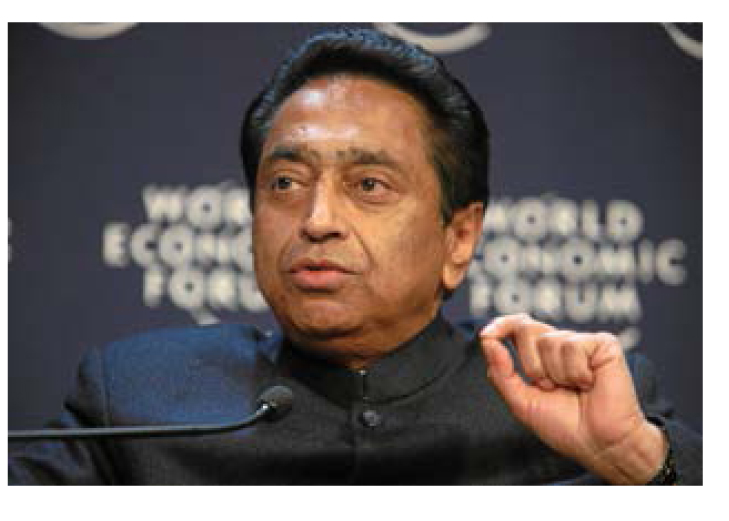
• BSP and SP recently announced a pre-poll alliance for Madhya Pradesh. The SP-BSP alliance is likely to dent both Congress and BJP’s vote share.
• After 15 years, the BJP lost power in the state to the Congress in the November 2018 assembly elections when it lost 56 seats (secured 109; vote share 41%), while the Congress gained 56 (secured 114; vote share 41%). Congress formed the government with support from SP, BSP, and others.
• The number of seats that the BJP secures in 2019 LS polls hinges largely on how popular Modi is in MP.
AIADMK faces anti-incumbency – Modi magic untested in TN; DMK (UPA) leads

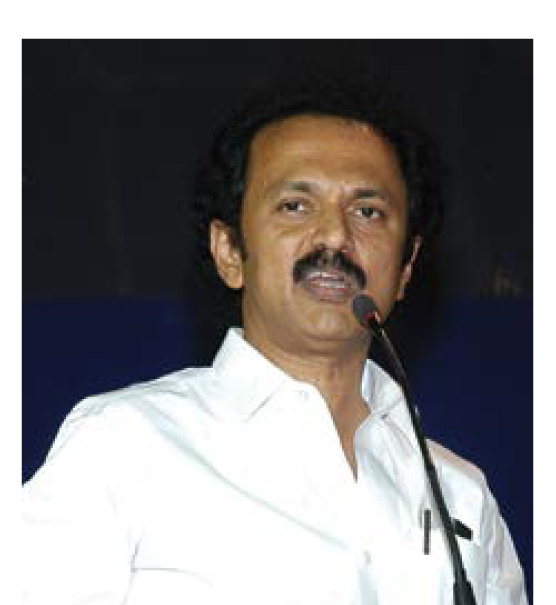
• DMK Chief Karunanidhi’s son Stalin has been handling party affairs over the last five years. In this period, there was an internal power struggle between Satlin and his brother Alagiri. However, senior DMK leaders have backed Stalin. He also has the support of scam-tainted Kanimozhi, his step-sister, and DMK committee members.
• A Raja, another politician accused in the 2G scam, is also a prominent member of the DMK. Vaiko, a firebrand DMK politician and LTTE supporter who went on to form MDMK after not seeing eye-to-eye with Karunanidhi and Stalin, has also buried his differences with the party.
• Jayalalitha’s death is believed to have helped Stalin’s rise to power; Karunanidhi also passed away last year.
• The Congress and DMK alliance has the advantage of being forged a while ago and is leading in pre-poll surveys.
• The BJP sealed its alliance with AIADMK and other parties including PMK and agreed to contest 5 seats. The AIADMK has not had an easy year after Jayalalitha’s death in December 2016. It has split three times since then and its changing
strength in the Tamil Nadu Assembly has brought into question its government’s legitimacy more than once (18 AIADMK MLAs were disqualified and elections are due to be held to fill their seats).
• Amma Makkal Munnetra Kazhagam (AMMK) was formed in 2018 by ex-AIADMK member Dinakaran after he was expelled from the party in 2017.
NDA seems to be leading for now (Key players: NDA (BJP, JDU, LJP), UPA (Congress + RJD)

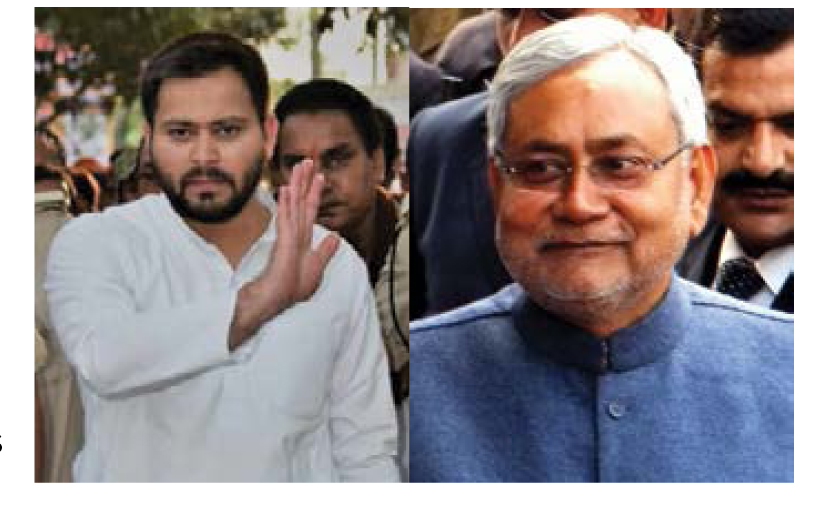
• Opinion polls are heavily in favour of NDA currently – until mid-2018, these were reflecting quite a bit of anti-incumbency.
• The JDU is back with the NDA; it had left just ahead of the 2014 LS elections and had brief alliances with the RJD and Congress for assembly polls in 2015.
• The RJD-led opposition alliance also includes the Congress. With RJD supremo Laloo Prasad Yadav in jail, his son Tejashwi Yadav is the face of the RJD and is said to have handled alliances deftly.
• The Congress-RJD alliance is believed to be close to a seat-sharing agreement after a bumpy journey. Tejashwi Yadav’s January meeting with SP chief Akhilesh Yadav and BSP supremo Mayawati is not said to have sat well with the Congress. Conversely, RJD is not comfortable with Congress’ alleged demands to contest about 10-12 seats in the elections, considering that it won only two in 2014.
• In Bihar, caste equations play an important role in how people vote. In this year’s elections, while these equations seem fairly evenly balanced among NDA and UPA, Most Backward Classes (about 24% of the state’s population) are likely to play a pivotal role.
• Liquor prohibition, imposed three years ago by Nitish Kumar, is also likely to play a key role in how people vote.
A tough fight; JDS-Congress alliance uneasy (Key players: BJP, Congress, JDS)

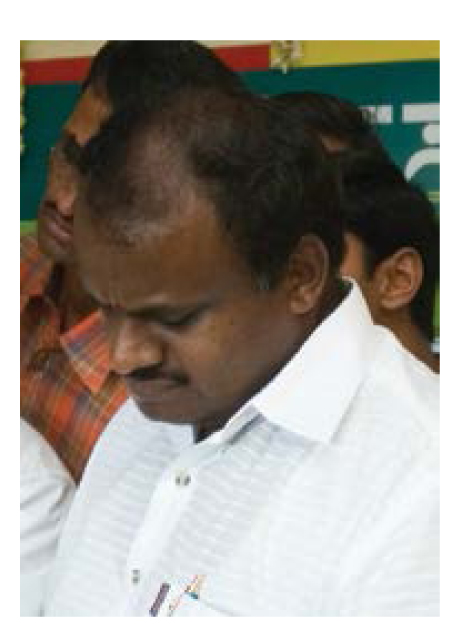
• Media reports indicate that for the 2019 elections, JDS’ Kumaraswamy is believed to have demanded 12 of the 28 seats; this demand, seen in the light of JDS’ 2-seat win in the 2014 Lok Sabha elections, has been deemed unreasonable by the Congress. BJP had won 17 seats in the 2014 LS, Congress 9.
• Some reports even indicate that JDS and Congress might go in for a ‘friendly fight’.
• In the May 2018 assembly elections in the state, the BJP could not form the government despite winning 104 seats becoming the single largest party with a vote share of 36%. The Congress won 80 seats with a vote share of 38% and JDS won 38 with an 18% vote share. Even as JDS finished third, its chief HD Kumaraswamy (the third son of former prime minister HD Deve Gowda) was crowned Chief Minister when Congress declared it would unconditionally support JD(S) to form the next Karnataka government. The Congress move was hailed as strategic by political commentators – it would stop the BJP from staking claim to form the government while not appearing to make a grab for power for itself.
• The BJP had denounced the ascension of HD Kumarswamy as ‘unholy’. However, commentators were quick to point out that the BJP had employed a similar strategy in Meghalaya where it brought together its allies to form a government when the party itself had won only two seats. BJP also did something similar in Goa, beating the Congress in terms of cobbling together an alliance faster to form the government.
NDA seems to be leading for now (Key players: BJP, Congress)

• This state is likely to be a prestige issue for the BJP in the general elections. Media reports say that the Congress is targeting at least 13 seat wins this time, buoyed by its recent wins in Madhya Pradesh, Rajasthan, and Chhattisgarh.
• In the December 2017 Gujarat assembly elections, while the BJP did win a majority, it was by slimmer margins than in the 2014 general polls. The BJP actually lost 16 assembly seats vs. the previous polls and the Congress and its allies won 20 more. However, the BJP’s vote share actually increased by 1%.
• In the 2014 general elections, the Congress failed to win any Lok Sabha seats in Gujarat while the BJP had won all 26.
• Political observers point out that for the upcoming general elections, the fact that Gujaratis would be voting for a Gujarati PM could be a crucial element.
Despite positive pre-poll surveys, odds are stacked against the BJP (Key players: NDA, UPA)
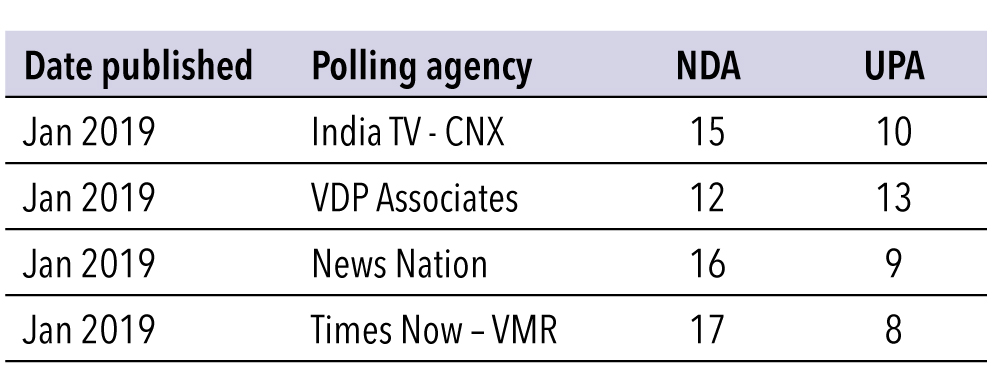
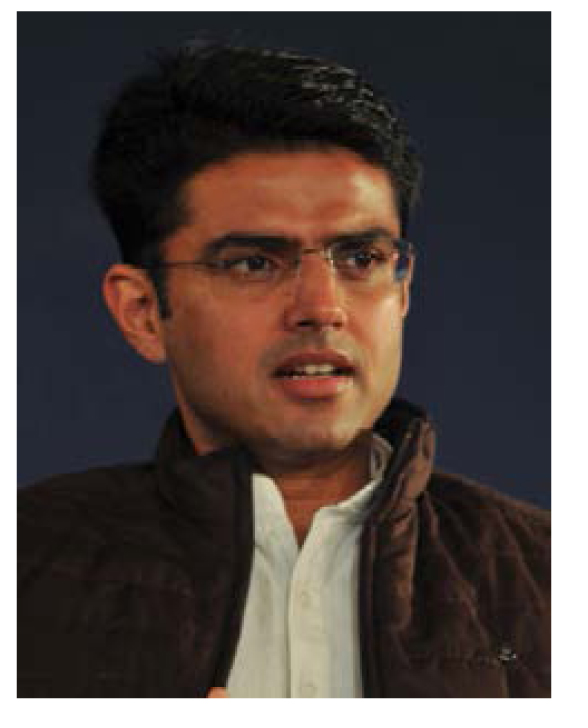
• In the December 2018 elections, the Congress bagged 99 seats (+78 over the previous election) with a vote share of 39% and the BJP got 73 (-90) with a vote share of 39%. Mayawati’s BSP won six seats (+3).
• Political pundits largely blamed BJP’s losses on CM Vasundhara Raje’s unpopularity, farmer distress, and dissatisfaction with employment generation by the state government. For the whole of 2018, the BJP had faced numerous issues in Rajasthan – these included farmer protests in the Shekhawati region, dissatisfaction about restrictions on cattle transport, and Gujjar unrest over reservation. Rajasthan’s large business community was also believed to be unhappy about demonetisation and GST.
• In Rajasthan, the ruling party has generally retained the advantage in LS polls.
• Not taking any chances, CM Ashok Gehlot has already announced farm loan waivers of up to Rs 200,000 (Vasundhara Raje had announced Rs 50,000) and deputy CM Sachin Pilot has already launched the waiver scheme.
YSRPC seems to have a clear lead (Key players: YSRPC, TDP)
Note: In 2014, AP included Telangana. It had 42 seats of which TDP won 16, TRS won 11, and YSRCP won 9

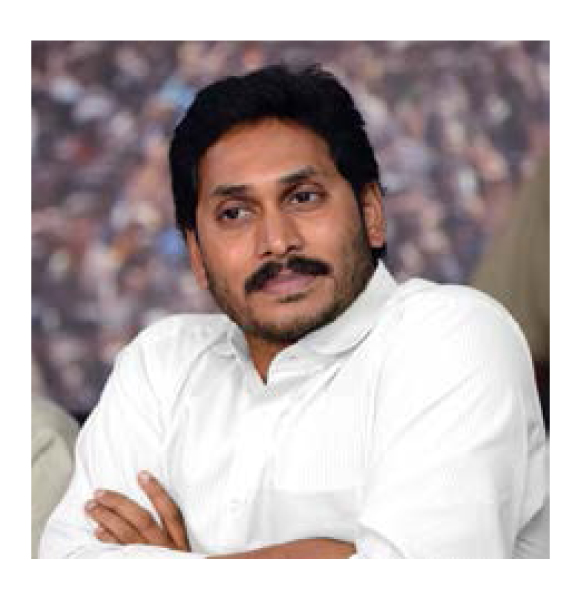
• YSR Congress Party is headed by Y S Jaganmohan Reddy, the son of former Andhra Pradesh chief minister YS Rajasekhara Reddy (popularly known as YSR). Both were formerly members of the Indian National Congress. After the sudden demise of YSR in 2009, son Jagan’s Odarpu Yatra (condolence tour) across Andhra Pradesh did not sit well with the Congress. Things soured quickly between the two and Jagan quit.
• YSR party currently holds 4 seats in the Los Sabha and 2 in the Rajya Sabha. As a part of his pre-poll campaign Jagan Mohan Reddy went on a 3-month padyatra (walking journey) of Andhra Pradesh that ended early January. In this journey, he is said to have covered 3,000km and 134 constituencies – this is supposed to have influenced voters positively (his father had undertaken a similar exercise during his time).
• The Telugu Desam Party’s leader N. Chandrababu Naidu quit the NDA over rifts about financial support and ‘special status’
for Andhra Pradesh. Chandrababu Naidu had formed a pre-poll alliance with the Congress for Telangana assembly polls in 2018 but it lost badly to K Chandrashekar Rao’s TSR.
• The Congress is contesting solo in AP this time with a key poll promise being that it will special category status for the state.
Incidentally, assembly elections in Andhra Pradesh are due at the same time as general elections.
NDA seems to have an edge for now (Key players: NDA, BJD)

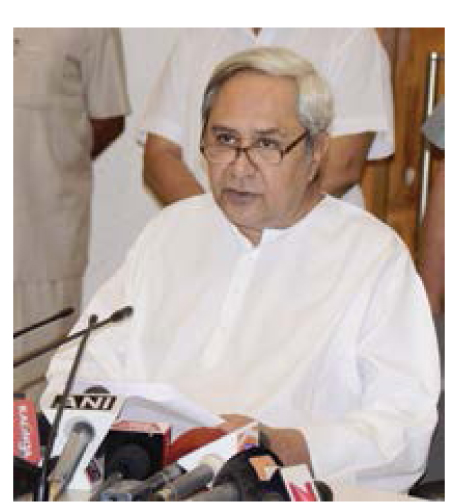
• Despite BJP’s attacks on Naveen Patnaik’s BJD, Patnaik and Modi are believed to share a warm personal equation. The BJD used to be a part of the NDA between 1998 and 2009. The alliance ended in the 2009 general elections when seat-sharing differences cropped up. BJD saw a huge victory then, winning 20 of the 21 seats. Naveen Patnaik has been chief minister of Odisha since 2004, winning four consecutive terms. As such, he is said to face tremendous anti-incumbency.
• Key poll issues are likely to be farmer distress (Congress’ focus), corruption, and women’s safety (the last two are BJP’s focus areas).
• Odisha’s agri-depended population is about 60% and its tribal population is about 23%. To combat anti-incumbency, in December 2018, Odisha’s BJD government had announced a massive Rs 102bn scheme for direct benefit transfer to farmers and landless farm labourers.
• BJP has focused on women’s safety and empowerment (fronting more women leaders) and corruption (targeting the
Hockey World Cup and chit funds scandals). BJP also held a National Tribal Maha Adhiveshan programme in Odisha recently, which BJP tribal leaders from across the country attended.
• While opinion polls do not predict any seat win for the Congress, the party is said to be hopeful – there is quite a bit of buzz in the agri community about the party’s promise to hike paddy MSP to Rs 2,600 per quintal from the current Rs 1,750.
• Odisha will hold assembly elections along with the general elections.
Congress leads (Key players: UDF (Congress-led alliance), LDF (communist parties and others)

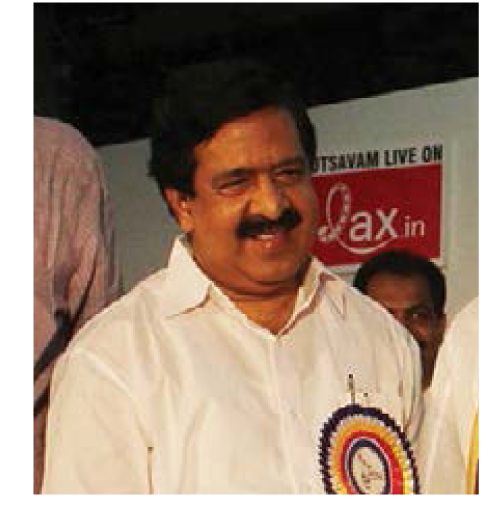
• Media reports say the current Chief Minister of Kerala, Pinarayi Vijayan has lost popularity among certain sections of voters because he implemented the Supreme Court allowing women of all ages to enter the celibate god’s hill shrine – Sabrimala. However, others have lauded him for upholding the law.
• There are reports that the Congress and communist parties have actually warmed up to each other based on their common goal of thwarting BJP’s chances in the state. A state Congress leader, requesting anonymity is quoted by the media as saying – “LDF leaders understand that in order to defeat the BJP, the Congress has to come to power in Delhi with a strong number” while a communist leaders is quoted as saying “We will contest seats to win, but in some pockets, there will be mutual understanding. We have been saying both within and outside the coalition that the main enemy is the BJP and its fascism”.
• In the 2014 general election, UDF won 12 seats, LDF 8, and BJP won just one. However, LDF won the 2016 assembly elections (+25 seats), with 43% vote share; UDF had 39% vote share (-25 seats).
Strong lead for TRS – near clean sweep predicted


• K. Chandrashekar Rao’s party swept up 88 seats in the December 2018 state elections, Congress took 21, and Akbaruddin Owaisi’s AIMIM took 7. While Rao started his career with the Congress party, he soon shifted allegiance to TDP (NT Rama Rao’s party) where he remained from 1983 to 2001. He formed the TRS party in 2001 to fight for a separate state for Telangana.
• TRS was a UPA alliance partner and in the 2004 state elections (then Andhra Pradesh), and won 26 state assembly seats and 5 Lok Sabha seats. Two years later, it withdrew its support over the issue of carving out a separate state. KCR subsequently triggered a by-election and lost.
• Telangana was formed in June 2014, in which general election year TRS did not align with either or NDA – it bagged 11 of the 17 Lok Sabha seats and 63 of the 119 assembly seats.
A traditionally capricious state – AGP’s exit from the NDA could change equations
(Key players: NDA, UPA, All India United Democratic Front)

• With the Asom Gan Parishad’s exit from the BJP alliance, its performance in this state remains to be seen.
• Assam was ruled by the Congress for several years. In a complete turnaround, the BJP came to power in 2014 – however, its alliance partner AGP recently quit after the BJP supported the Citizenship Amendment Bill.
• Other than the AGP, prominent regional parties include All India United Democratic Front (AIUDF) and Bodoland People’s Front (BPF).
• The AGP is said to have kept its options open about possible tie-ups.
UPA stronger with JMM (Key players: NDA, UPA (with JMM), JVM)

• The JMM party fought for a separate state for Jharkhand (from Bihar). Shibu Soren leads the JMM; he was found guilty in the murder of his private secretary Shashi Nath Jha in 1994. His son Hemant Soren was the CM of Jharkhand in 2013-2014.
• The Congress party forged an alliance with JMM in March 2018 itself for the RS and LS elections, after the former agreed to contest LS and state assembly polls under JMM’s leadership.
• The Congress had broken relations with the JMM before the 2014 LS elections.
• Recently, the Jharkhand Assembly Speaker Dinesh Oraon (BJP) upheld that the six JVM MLAs joining BJP in February 2015 was not a defection but a merger. JVM president Babulal Marandi had asked for their disqualification for violating anti-defection law. Had Oraon not passed this judgement, the BJP government would have fallen short of a majority at the end of its five-year term.
Clean sweep for the Congress party predicted (Key players: NDA (BJP + Shiromani Akali Dal), Congress)

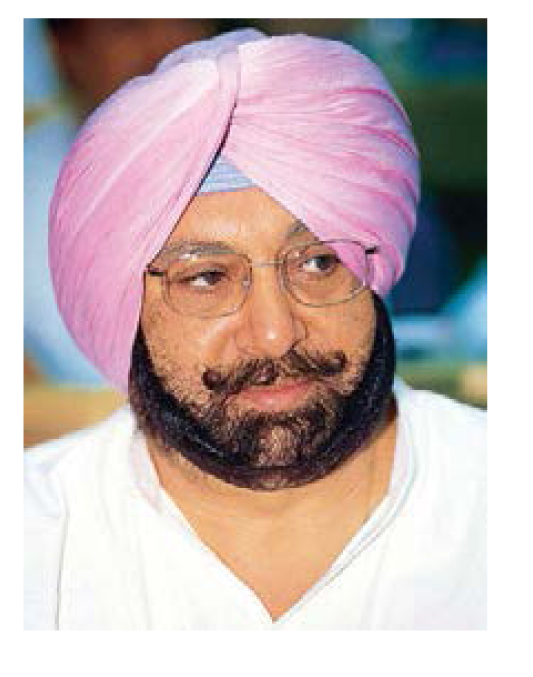
• In the February 2017 state assembly elections, the INC won 77 seats (+31 vs. the previous elections) with a vote share of 39% and AAP won 20. The Shiromani Akali Dal (NDA partner) won just 15 seats (-41) with a vote share of 25% a huge swing of -9% over the last election.
• The Aam Aadmi Party has declared that it would fight the upcoming Lok Sabha elections in Delhi, Punjab, and Haryana on its own (there was speculation that it would tie up with the Congress party).
• In 2015, Shiromani Akali Dal was rocked by the ‘sacrilege controversy’ when police firing took place (2 dead) at Kotkapura and Behbal Kalan in Faridkot in 2015 on people protesting the desecration of the Sikh holy book The Guru Granth Sahib. Many believe that this led to SAD’s downfall in 2017. Former CM Prakash Singh Badal maintains that he never ordered the firing.
• However, some commentators point out that the people blame SAD’s lack of proper governance for the tremendous rise in drug addiction among Punjab’s youth. A study by the Ministry of Social Justice & Empowerment and the United
Nations International Drug Control Programme showed that drug abuse in Punjab is 3x higher than the national average and that c.40% of youth and c.48% of farmers and labourers are addicts.
• BJP has said that it will fight the 2019 Lok Sabha elections alongside SAD (BJP 3, SAD 10). However, SAD’s leadership was not present when it started its campaign in Amritsar recently.
• The 1984 anti-Sikh riots are also a big talking point in Punjab elections – recently, Sajjan Kumar a Congress party politician was sentenced to life imprisonment for his role in the riots. Sikhs constitute about 58% of Punjab’s population.
• Power tariffs are likely to be another key factor in this state. The Congress government has hiked tariffs thrice since coming to power in 2017.
Subscribe to enjoy uninterrupted access